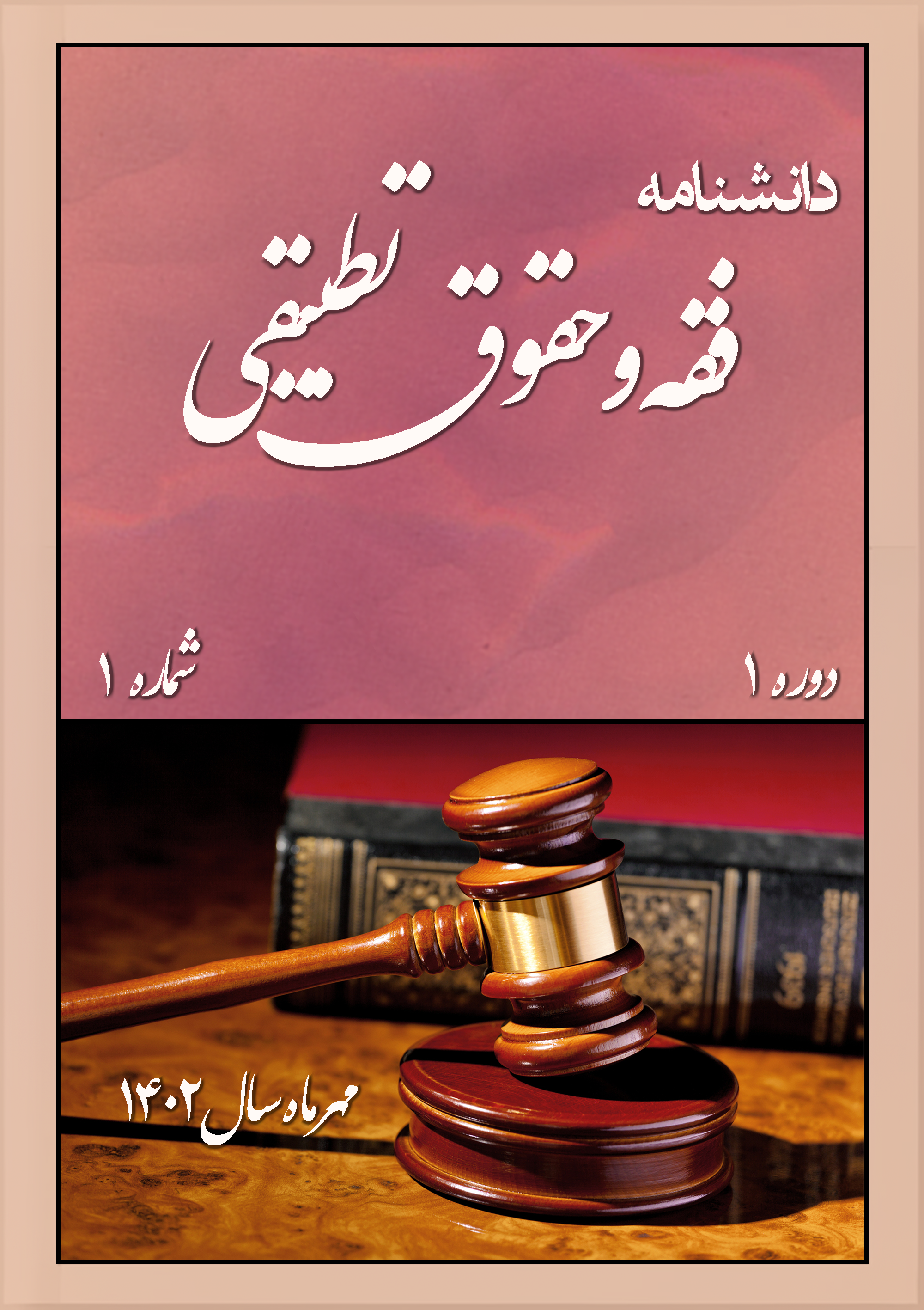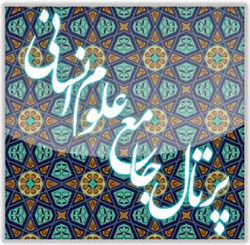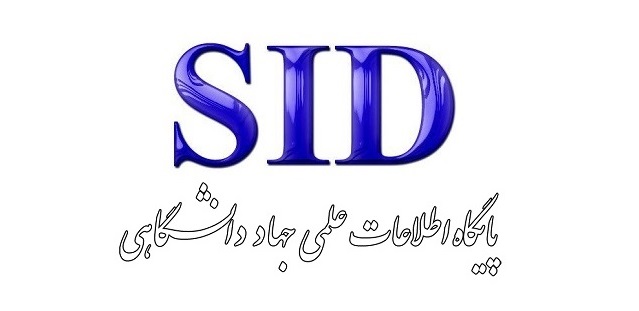نقش عدالت ترمیمی در پاسخ به خشونت مبتنی بر جنسیت با تأکید بر ظرفیتهای نظام حقوقی ایران
کلمات کلیدی:
عدالت ترمیمی, خشونت مبتنیبر جنسیت, پاسخگویی چندلایه, حقوق زنان, نظام حقوقی ایران, فقه نوگراچکیده
خشونت مبتنی بر جنسیت، بهمثابه یکی از پیچیدهترین مصادیق نقض ساختاری حقوق بشر، با کارکردی چندلایه و درهمتنیده، از سطح مناسبات فردی فراتر رفته و به ساختارهای قضایی، فرهنگی، سیاسی و اقتصادی نفوذ یافته است. ناکارآمدی پاسخهای سنتی عدالت کیفری که عمدتاً بر مجازات، سرکوب و انکار بزهدیده تمرکز دارد، موجب شده است تا نهتنها کرامت و امنیت قربانیان تأمین نشود، بلکه در بسیاری از موارد، فرآیند کیفری خود به منبعی برای خشونت ثانویه بدل گردد. در این بستر، پرسش از بدیلی عدالتمحور که بتواند همزمان به ابعاد بازتوانی روانی، ترمیم اجتماعی و مسئولیتپذیری جمعی پاسخ دهد، اهمیت مضاعفی یافته است. عدالت ترمیمی، با تکیه بر رهیافتهای بینالاذهانی، فرآیندمحور و گفتوگومدار، الگوی جایگزینی را در مواجهه با خشونت جنسیتی پیشنهاد میدهد که بر کرامت انسانی، توانمندسازی بزهدیده، مشارکت داوطلبانه و پاسخگویی کنشگر محور تأکید دارد. این رهیافت، برخلاف نظامهای کیفری خشک و سلسلهمراتبی، امکان بازسازی روابط اجتماعی، ترمیم آسیبهای عاطفی و بازاندیشی در مفاهیم مجازات و عدالت را فراهم میسازد. با اینحال، کاربست این مدل در جوامعی چون ایران، که ساختارهای حقوقی و تقنینی آن بهشدت متأثر از آموزههای فقهی، سنتهای فرهنگی و سیاستهای جنایی اقتدارگراست، مستلزم بررسی دقیق ظرفیتها و موانع بومی است. تحلیل اصول فقهی نظیر صلح، رفع خصومت و اصلاح ذاتالبین، همراه با مطالعهی نهادهای میانجیگر چون شوراهای حل اختلاف، اورژانس اجتماعی و بهزیستی، نشان میدهد که امکان بومیسازی عدالت ترمیمی در چارچوبهای دینی و تقنینی وجود دارد، مشروط به آنکه این بومیسازی با استانداردهای بینالمللی، حمایتهای ساختاری و رویکردهای قربانیمحور همراه گردد. مقاله حاضر با روش توصیفی–تحلیلی، در چارچوبی میانرشتهای و با بهرهگیری از منابع تطبیقی، فقهی، حقوق بشری و اسنادی، به واکاوی مفهوم عدالت ترمیمی، ارزیابی انتقادی جایگاه آن در حوزه خشونت جنسیتی، بررسی چالشهای نظری و عملی اجرای آن و در نهایت، ارزیابی امکانسنجی اجرای آن در نظام حقوقی ایران میپردازد. یافتههای پژوهش دلالت بر آن دارند که تحقق عدالت در مواجهه با خشونت مبتنی بر جنسیت، مستلزم طراحی ساختارهای چندلایهای است که در آن، فقه پویا، عدالت ترمیمی، تجربههای تطبیقی، و الزامات حقوق بشری بهگونهای هماهنگ و همافزا ایفای نقش کنند.
دانلودها
مراجع
Ahmadi, S. (2021). A Comparative Study of the Role of Dispute Resolution Councils in Achieving Restorative Justice in Iran and Some CountriesJO - Journal of Modern Criminal Law. 2(4), 109-130.
Braithwaite, J. (2002). Restorative Justice and Responsive Regulation. Oxford University Press. https://doi.org/10.1093/oso/9780195136395.001.0001
Cameron, A. (2006). Stopping the Violence: Canadian Feminist Debates on Restorative Justice and Intimate Violence. Canadian Journal of Women and the Law, 18(1), 121-146. https://doi.org/10.1177/1362480606059982
Christie, N. (1977). Conflicts as Property. British Journal of Criminology, 17(1), 1-15. https://doi.org/10.1093/oxfordjournals.bjc.a046783
Coker, D. (2006). Restorative Justice, Navajo Peacemaking and Domestic Violence. Theoretical Criminology, 10(1), 67-85. https://doi.org/10.1177/1362480606059983
Coomaraswamy, R. (2005). Violence against Women: A Global Perspective. UN Special Rapporteur on Violence against Women.
Cossins, A. (2008). Restorative justice and child sex offences: The theory and the practice. British Journal of Criminology, 48(3), 359-378. https://doi.org/10.1093/bjc/azn013
Curtis-Fawley, S., & Daly, K. (2005). Gendered Violence and Restorative Justice. Violence Against Women, 11(5), 603-638. https://doi.org/10.1177/1077801205274488
Daly, K. (2002). Restorative Justice: The Real Story. Punishment & Society, 4IS - 1, 55-79. https://doi.org/10.1177/14624740222228464
Daly, K. (2006). Restorative Justice and Sexual Assault: An Archival Study of Court and Conference Cases. The British Journal of Criminology, 46(2), 334EP - 356. https://doi.org/10.1093/bjc/azi071
Daly, K., & Stubbs, J. (2006). Feminist engagement with restorative justice. Theoretical Criminology, 10(1), 9-28. https://doi.org/10.1177/1362480606059980
Davis, R. (2009). Restorative Justice: Best Practices for Application in Domestic Violence Cases. Vera Institute of Justice.
Freeman, M., Chinkin, C., & Rudolf, B. (2012). The UN Convention on the Elimination of All Forms of Discrimination Against Women: A Commentary. Oxford University Press. https://doi.org/10.5422/fso/9780199565061.001.0001
Ghorbani, Z. (2021). Criminal Policy Supporting Women Victims of Violence. Mizan Publications.
Green, S. J. (2007). Balancing Restorative Justice Principles and Victim Needs in Domestic Violence Cases. Canadian Journal of Women and the Law, 19(2), 211-233.
Hosseini, M. (2021). The Role of Criminal Mediation in Achieving Restorative Justice in Iranian Law. Legal Perspectives Quarterly(28), 97-120.
Hudson, B. (2002). Restorative justice and gendered violence: Diversion or effective justice? British Journal of Criminology, 42(3), 616-634. https://doi.org/10.1093/bjc/42.3.616
Izadi, L. (2020). Regulating Restorative Justice in the Face of Domestic Violence in Iran. Criminal Policy Quarterly, 10(38), 117-135.
Kashanipour, F. (2020). Legal Analysis of the Protection of Victims of Domestic Violence in Iran. Journal of Women and Family Law Studies, 5(3SP - 84), 102.
Latimer, J., & Kleinknecht, S. (2000). The Effects of Restorative Justice Programming: A Review of the Empirical Evidence. Department of Justice Canada.
Mahdavi, M. (2019). The Capacities of the Welfare Organization in Supporting Vulnerable Women. Journal of Social Policy, 7(3), 87-104.
Merry, S. E. (2006). Human Rights and Gender Violence: Translating International Law into Local Justice. University of Chicago Press. https://doi.org/10.7208/chicago/9780226520759.001.0001
Morris, A. (2002). Critiquing the critics: A brief response to critics of restorative justice. British Journal of Criminology, 42(3), 596-615. https://doi.org/10.1093/bjc/42.3.596
Najafi, S. M. H. (2021). Jawahir al-Kalam fi Sharh Shara'i al-Islam (The Jewels of Speech in the Explanation of Shara'i al-Islam) (Vol. 38). Dar al-Kotob al-Islamiyeh.
Narimani, M. (2022). Analysis of the Efficiency of Mediation in the Iranian Judicial System. Journal of Social Law(22), 40-55ER -.
Sadeghi, F. (2022). A Critique of Iranian Criminal Policy in Combating Domestic Violence Against Women. Women's Rights Research, 12(3), 85-103.
Skelton, A., & Batley, M. (2006). Charting progress, mapping the future: Restorative justice in South Africa. Restorative Justice Centre.
Sotoudeh, N. (2019). Domestic Violence and Criminal Reaction: Sociological and Legal Analysis. Mizan.
Stubbs, J. (2007). Beyond apology? Domestic violence and critical questions for restorative justice. Criminology & Criminal Justice, 7(2), 169-187. https://doi.org/10.1177/1748895807075570
Tabatabaei-Nejad, A. (2018). A Jurisprudential-Legal Study on the Challenges of Restorative Justice with a Focus on Family Violence. Journal of Jurisprudence and Law, 10(36), 70-91.
Tauri, J. M. (2010). Indigenous Perspectives and Experiences: New Zealand. In Restorative Justice and Violence Against Women (pp. 343-359).
UN Women. (2021). Handbook on Restorative Justice and Violence against Women.
Van Ness, D. W., & Strong, K. H. (2015). Restoring Justice: An Introduction to Restorative Justice. Routledge. https://doi.org/10.4324/9781315721330
Walgrave, L. (2008). Restorative Justice, Self-interest and Responsible Citizenship. Willan Publishing.
Zarei, F. (2020). A Comparative Critique of the Place of Criminal Mediation in Iranian Law and International Documents. Criminal Law Research Quarterly, 8(1), 81-102.
Zehr, H. (2002). The Little Book of Restorative Justice. Good Books.
دانلود
چاپ شده
ارسال
بازنگری
پذیرش
شماره
نوع مقاله
مجوز
حق نشر 2025 Mehdi Moradzadeh (Author); MohammadAli Kafaeifar

این پروژه تحت مجوز بین المللی Creative Commons Attribution-NonCommercial 4.0 می باشد.









